You are here
Zindan in Bukhara.
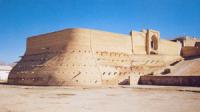
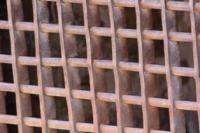

Excursions on Great Silk Way.
"I erected a monument to myself, not made by hands,
There is no national path to it ”
Alexander Sergeevich Pushkin.
First Moments in Bukhara.
"Zindan" in Persian means "prison", "dungeon", a pit for the detention of prisoners in Bukhara. The XVIIIth century prison was built on the northwestern corner of the ancient shahristan. It consists of several debt chambers, a punishment cell, and an underground dungeon lined with burnt bricks with a diameter of about 5 meters and a depth of 6.5 meters.
In Bukhara, there were only two prisons. One of them was inside the fortress of Ark, and it contained political prisoners. Another Zindan was located in the city, near the Shahristan gate. Externally, Zindannapominal small fortress. Today it has a museum.
Zindan consisted of several cells for debtors, solitary cells and a pit of six meters depth, known as the Black Hole, where prisoners and food were let down on ropes. The word "Zindan" from Persian translates as "underground, in the dark."
Twice a month, prisoners were taken to Registan Square in front of Ark, where the emir decided which of the criminals to execute, and whom to pardon. Today in Zindan there are several rooms with dummies depicting prisoners, and a torture chamber with torture instruments.
The museum’s exposition provides information on court cases in the Bukhara Emirate in the XIXth and early XXth centuries. On the territory of the prison is the grave of the holy prisoners “Kuchkar-Ata” (VIII century). Behind the Ark fortress (from the north-east) there is a building of the medieval prison - “Zindan”.
In this tall building, resembling a fortress, today is a museum. In the past, the prison consisted of two parts. In the first prisoners were kept in cells located in several courtyards. In the second, the criminals were in deep holes, where they were lowered on the ropes.
Hence the name "Zindan", which translated from Persian means "underground, darkness". Twice a month prisoners, chained, were taken out of the dungeon to the Registan, where the Amir decided who to execute, whom to pardon.
Тhe emirs earned their геаl notoriety down а side street to the left of the gatehouse, in the Zindan, or city gaol. Minor miscreants lived in its less noxious cells and were allowed out in their chains on Fridays, the Muslim sabbath, to beg for food on which they lived for the week.
Behind Ark citadel there is a building of medieval amir prison - 'zindan'. This high construction looks like a small fortress and today it is a museum. In the past this prison consisted of two parts. In the first part prisoners were put in cells situated in several yard.
A deep hole was a place for criminals in the second part. They were lowered there with special ropes as well as their food. The word 'zindan', in Persian means 'underground, darkness'.
Twice a month prisoners were taken from the dungeon to Registan where amir decided who was to be Killed and who to pardon.
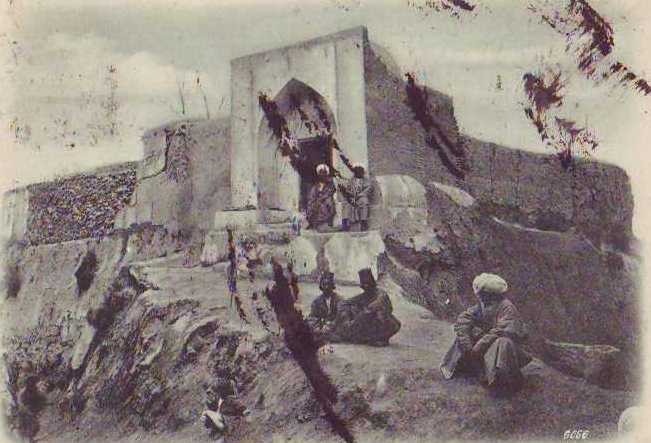
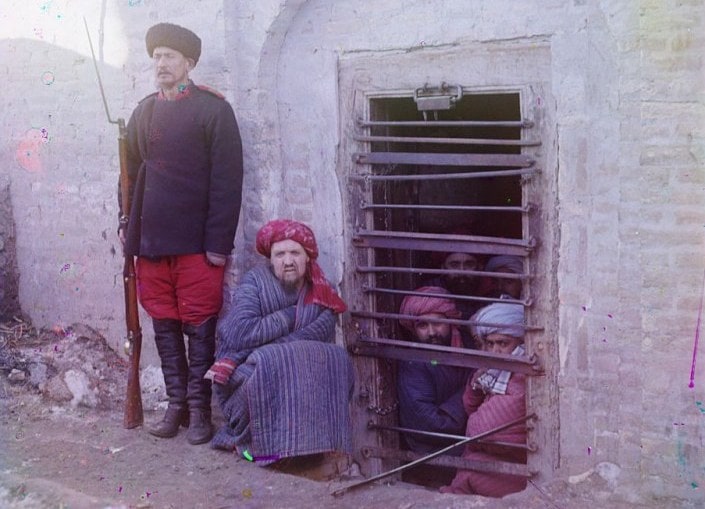
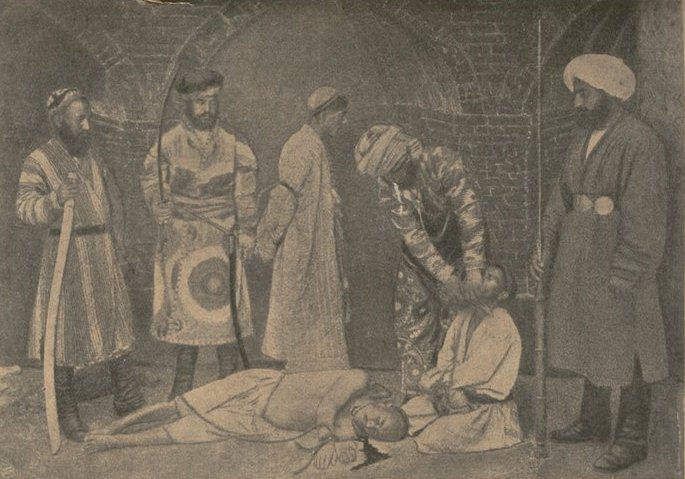
Authority:
V.G Saakov «History of Bukhara». Publishing house "Shark", 1996. «Bukhara. Masterpieces of the Central Asia». The historical guidebook across Bukhara. 2012. "Bukhoro. Bukhara" In the Uzbek, English and Russian languages. Publishing house "Uzbekistan", Tashkent 2000. Mukhammad Narkshakhi. History of Bukhara. Tashkent. 1897 (translator N.Lykoshina). V.G.Saakov "Architectural masterpieces of Bukhara. A Bukhara regional society "Kitabhon" Uzbek SSR, Exactly 1991 Robert Almeev. "History of ancient Bukhara". (Under edition of the Academician of the Academy of sciences of Republic Uzbekistan of Rtveladze E.V.)
Photos by:
Alexander Petrov.







